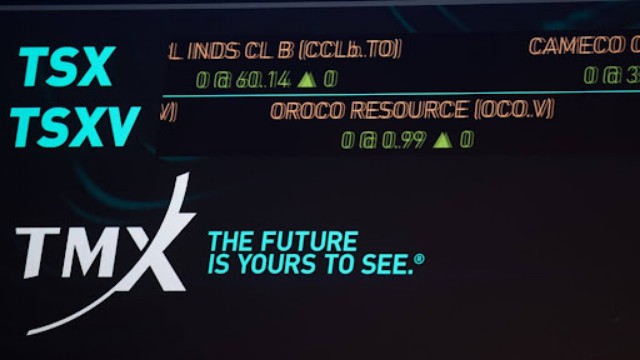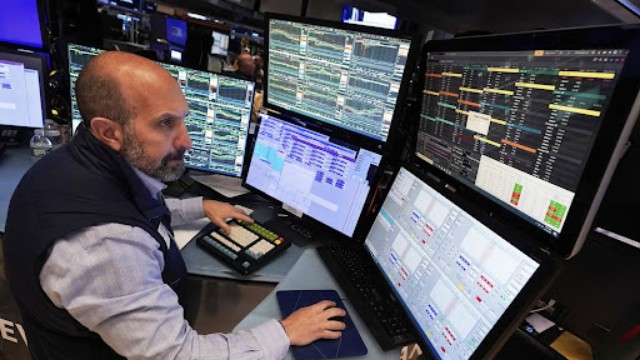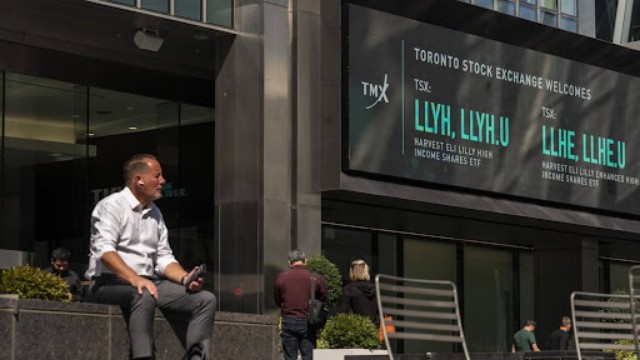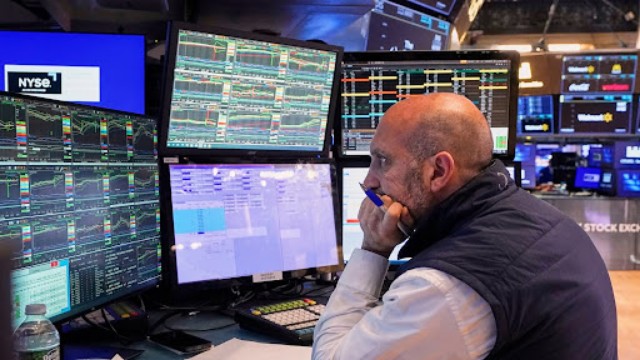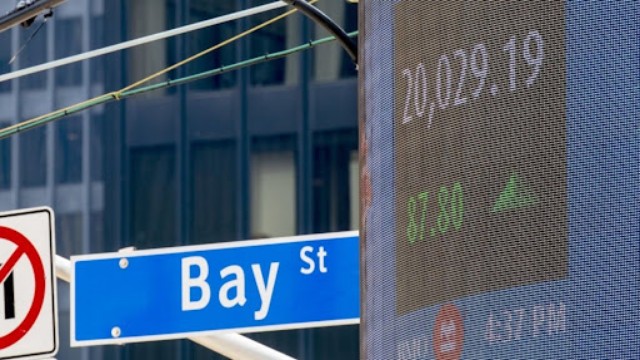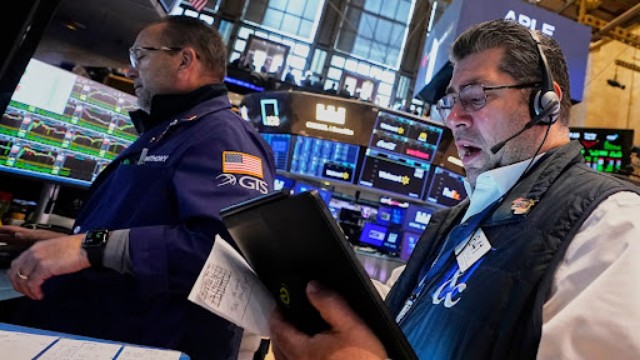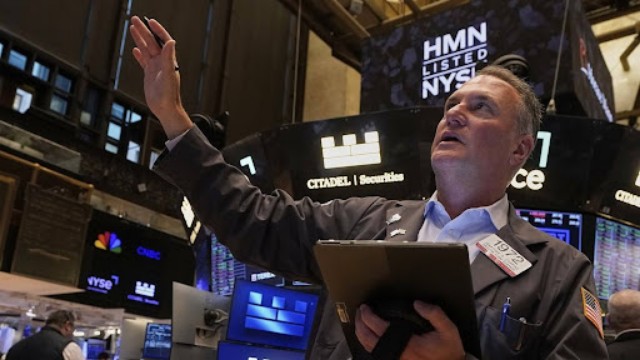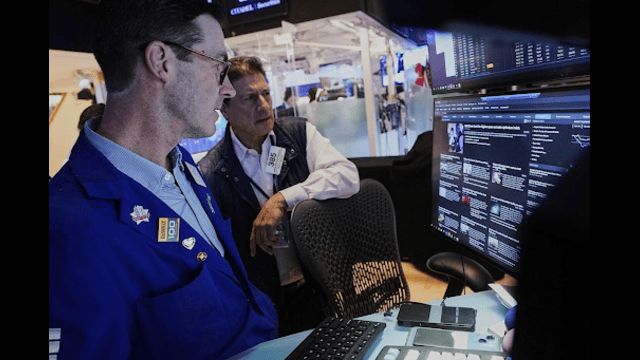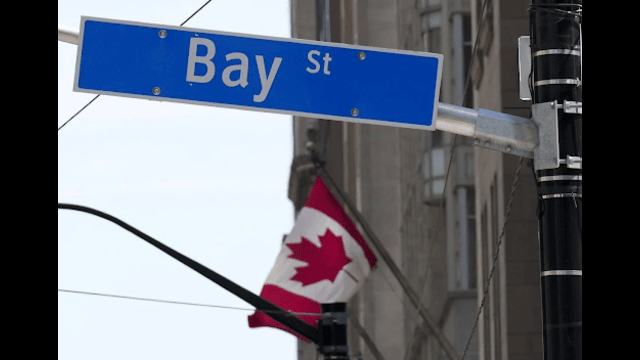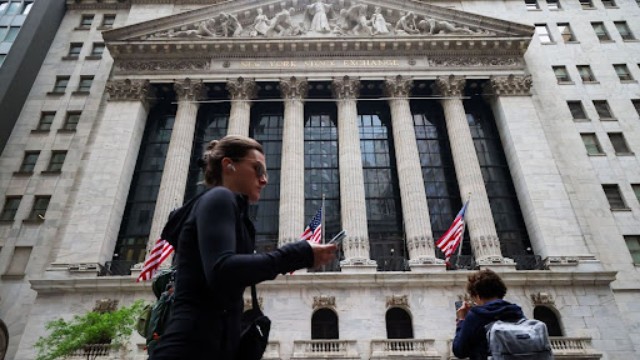
The New York Stock Exchange in New York City, pictured on Thursday, May 15, 2025. (Photo by Michael Nagle/Bloomberg)
U.S. markets took a dip Monday after Moody’s Ratings lowered the country’s credit rating, following concerns about Washington’s growing debt load. Stocks, government bonds, and the dollar all slipped, reflecting investor anxiety about America’s long-term financial health.
The S&P 500 dropped 0.3% by midday, the Dow Jones Industrial Average dipped by 29 points (0.1%), and the Nasdaq slid 0.4%. Moody’s is the last of the three major agencies to strip the U.S. of its highest “Aaa” rating. The move didn’t come as a surprise — economists and market watchers have long voiced warnings about the federal government’s rising debt and political gridlock over budget decisions.
Moody’s emphasized that the U.S. keeps borrowing heavily to cover its spending, while political clashes make it harder to reduce debt or increase revenue. Despite the warning, many investors had already anticipated the downgrade and say the markets have mostly priced it in. Brian Rehling of Wells Fargo noted that the downgrade might not trigger major waves beyond the immediate response.
Early in the day, Wall Street reacted sharply. The 10-year Treasury yield spiked to 4.55%, up from 4.43% on Friday, before settling at 4.49%. Similarly, the 30-year Treasury briefly passed the 5% mark, compared to under 4% back in September. Yields indicate the government’s cost of borrowing; as they rise, so does the interest owed — a burden that could ultimately touch everyday Americans through higher loan and credit card rates.
Moody’s downgrade lands at a delicate time. Lawmakers are preparing for heated debates over potential tax cuts and the borrowing limit. If Washington ends up paying higher interest on its debts, the impact may ripple across the economy, slowing consumer and business spending alike.
This latest downgrade joins a growing list of investor concerns. One is the ongoing uncertainty around trade relations — a legacy of former President Trump’s tariff battles, which undermined confidence in both U.S. bonds and the dollar as safe investments. Big retailers like Walmart have flagged rising prices due to tariffs, warning that continued tension could hurt both profits and consumer confidence.
In fact, Walmart’s stock dipped 0.6% after the retailer suggested price hikes were likely. Trump responded by publicly criticizing Walmart, urging the company and China to “absorb the tariffs.”
Other major retailers, including Target, Home Depot, Lowe’s, and TJX, are scheduled to report earnings this week, offering further clues about consumer spending trends and potential pressure from rising costs.
One bright spot came from the pharmaceutical world. Novavax shares soared 18.1% after the company’s COVID-19 vaccine secured conditional approval from U.S. regulators. That milestone also unlocked a $175 million payment from Sanofi under a collaborative agreement.
Globally, markets were mixed. European and Asian indexes showed mostly small shifts. Shanghai and Hong Kong stocks remained flat after China reported weaker-than-expected retail sales and slowing industrial growth — another sign of caution in the global economy.
Meanwhile, the U.S. dollar weakened across the board, slipping against the euro, Australian dollar, and other currencies. The dip reflects waning confidence in the greenback following the credit rating downgrade and broader economic uncertainties.


